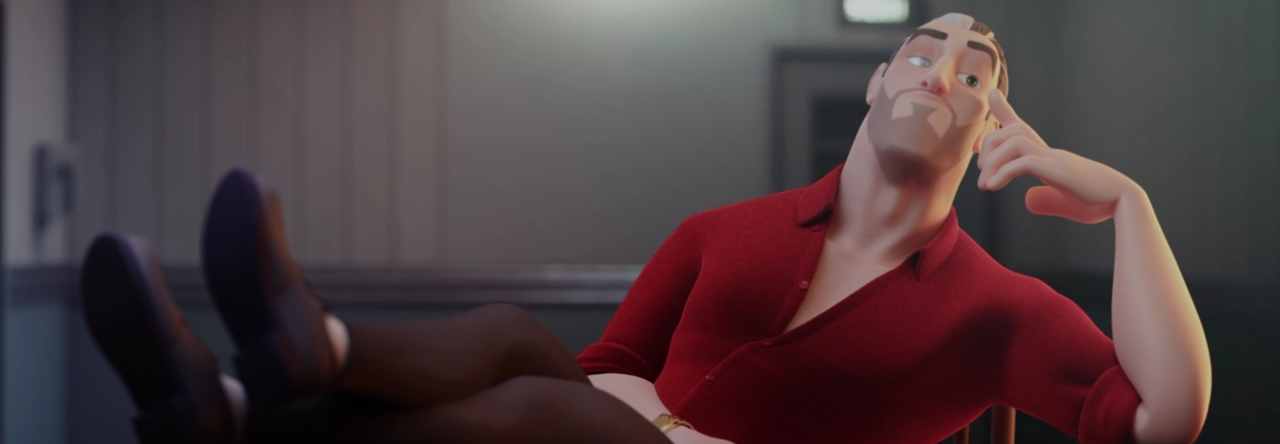Mastering the art of animation can be truly hard. It can take years of hard work and dedication to get you to where you want to be, and as technology grows and develops, there are always new things to be learned in the animation field. However, following the right workflows and techniques can help you develop your skills as an animator faster than you might think.
It’s all in the basics!

Instead, you should start with a simple ball bounce. This is the first exercise any animator must master. Once you feel confident, you can move on to animating a ball bounce across the screen and eventually incorporating squash and stretch, adding more personality to the ball. Soon you will see that with each new exercise you tackle, your skill level will grow and you will have incorporated new animation principles to the mix. Remember: working in small chunks will guarantee that each technique is mastered before you can move on!
Get Inspired
Get Your Body Mechanics Working
Once you know the principles, you can start learning about body mechanics. Knowing how a human should move is they key to a great acting shot. The best way to start is by animating a simple walk cycle. Once you have nailed that down, you can try to animate a character walking and coming to a stop. Take each exercise one step at a time and keep them short, from three to four seconds. Each shot will be a bit more difficult than the last, but as your skill level grows, you’ll be amazed at how much you’ve progressed.
Act It Out
The More Feedback The Better

Don’t Forget!
Learning animation is a never-ending process, but learning it in small chunks and having the right mindset will ensure that your animation skills grow faster. It’s not about the length of your shots, but rather how many shots you get completed and how much you push yourself with each one!
Come join us at www.animschool.com





